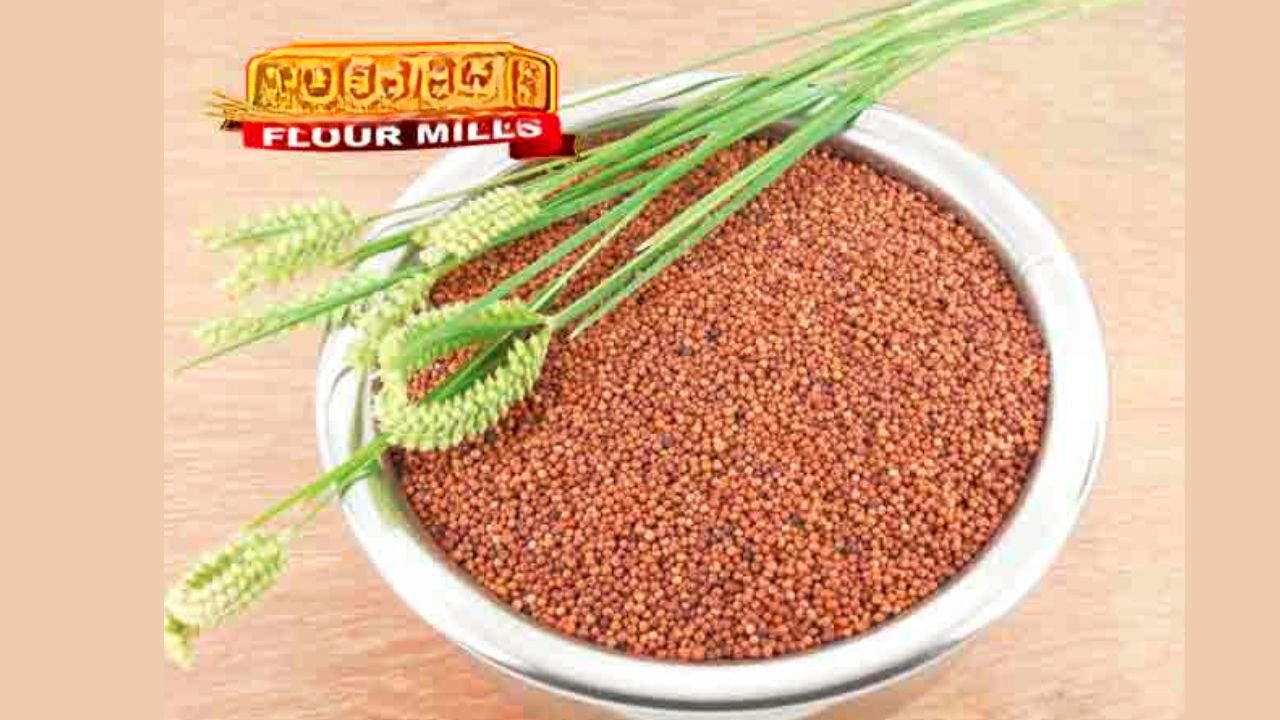Introduction
In the ever-evolving world of nutrition and health, “ragi atta” has emerged as a significant player. Also known as finger millet flour, ragi atta is a staple in many households, especially in India. With its rich nutritional profile and numerous health benefits, it’s no wonder that this ancient grain is gaining popularity worldwide. This article delves into what ragi atta is, its nutritional benefits, how it is used, and why you should consider incorporating it into your diet.
What is Ragi Atta?
Ragi atta is flour made from ragi (Eleusine coracana), commonly known as finger millet. It is a type of cereal grain that has been cultivated in Africa and Asia for thousands of years. The tiny, reddish-brown seeds of the ragi plant are ground into a fine powder to produce ragi atta. Known for its robust flavor and dense texture, ragi atta is a versatile ingredient used in a variety of dishes, from traditional Indian rotis to modern baked goods.
Nutritional Benefits of Ragi Atta
Ragi atta stands out for its impressive nutritional profile. Here are some of the key benefits:
- Rich in Calcium: Ragi atta is one of the best plant-based sources of calcium, which is essential for maintaining healthy bones and teeth. Just one serving can meet a significant portion of your daily calcium needs.
- High in Fiber: The high fiber content in ragi atta aids in digestion and helps in maintaining a healthy gut. It also helps in controlling blood sugar levels and can contribute to weight management by promoting a feeling of fullness.
- Loaded with Essential Amino Acids: Ragi atta contains essential amino acids, including methionine and lysine, which are crucial for the body’s protein synthesis and overall health.
- Rich in Iron: Ragi atta is a good source of iron, which is vital for the production of hemoglobin and helps in preventing anemia.
- Antioxidant Properties: The presence of antioxidants in ragi atta helps in combating oxidative stress and reducing inflammation, which can lower the risk of chronic diseases.
- Gluten-Free: For those with celiac disease or gluten sensitivity, ragi atta is an excellent alternative as it is naturally gluten-free.
Nutritional Components of Ragi Atta

While ragi atta itself is made from a single ingredient, it is rich in several essential nutrients, including:
- Calcium: Important for bone health.
- Iron: Helps in preventing anemia.
- Fiber: Aids in digestion and promotes satiety.
- Protein: Contains essential amino acids.
- Vitamins: Such as B vitamins, which are important for energy metabolism.
Ragi atta does not contain added ingredients, preservatives, or artificial additives, making it a natural and wholesome choice for various recipes.
How to Store Ragi Atta
To maintain the freshness and nutritional value of ragi atta, it should be stored in an airtight container in a cool, dry place. It is best to use it within a few months of purchase to ensure optimal flavor and quality.
Conclusion
Ragi atta is more than just a traditional flour; it is a powerhouse of nutrition that offers a range of health benefits. Its rich calcium content, high fiber, and essential amino acids make it an excellent choice for those looking to enhance their diet. Whether you’re making rotis, dosas, or baked goods, ragi atta can be a versatile and nutritious addition to your culinary repertoire. Embrace the goodness of ragi atta and enjoy its numerous benefits as part of a balanced diet.
FAQ’s
Q1. What is ragi atta?
Answer: Ragi atta is flour made from ragi (finger millet) grains. It is a staple in many regions, especially in India. The ragi grains are cleaned, dried, and ground into a fine powder to produce the flour. It is known for its rich nutritional profile and is used in various dishes like rotis, dosas, and porridge.
Q2: Is ragi atta gluten-free?
Answer: Yes, ragi atta is naturally gluten-free. This makes it an excellent choice for individuals with celiac disease or gluten sensitivity. It can be used as a substitute for wheat flour in many recipes.
Q3: What are the health benefits of ragi atta?
Answer: Ragi atta offers several health benefits due to its rich nutritional content. It is high in calcium, which is important for bone health, and is also a good source of iron, fiber, and essential amino acids. The antioxidants in ragi atta help combat oxidative stress and inflammation, and its high fiber content aids in digestion and weight management.
Q4: How can I incorporate ragi atta into my diet?
Answer: Ragi atta can be used in a variety of dishes. You can make traditional Indian flatbreads like rotis and parathas, prepare ragi dosas, or use it to make a nutritious porridge. It can also be added to baked goods such as muffins, cookies, and cakes to enhance their nutritional value.
Q5: How should I store ragi atta?
Answer: To maintain the freshness and nutritional quality of ragi atta, store it in an airtight container in a cool, dry place. Avoid exposure to moisture and heat. For best results, use the flour within a few months of purchase.



